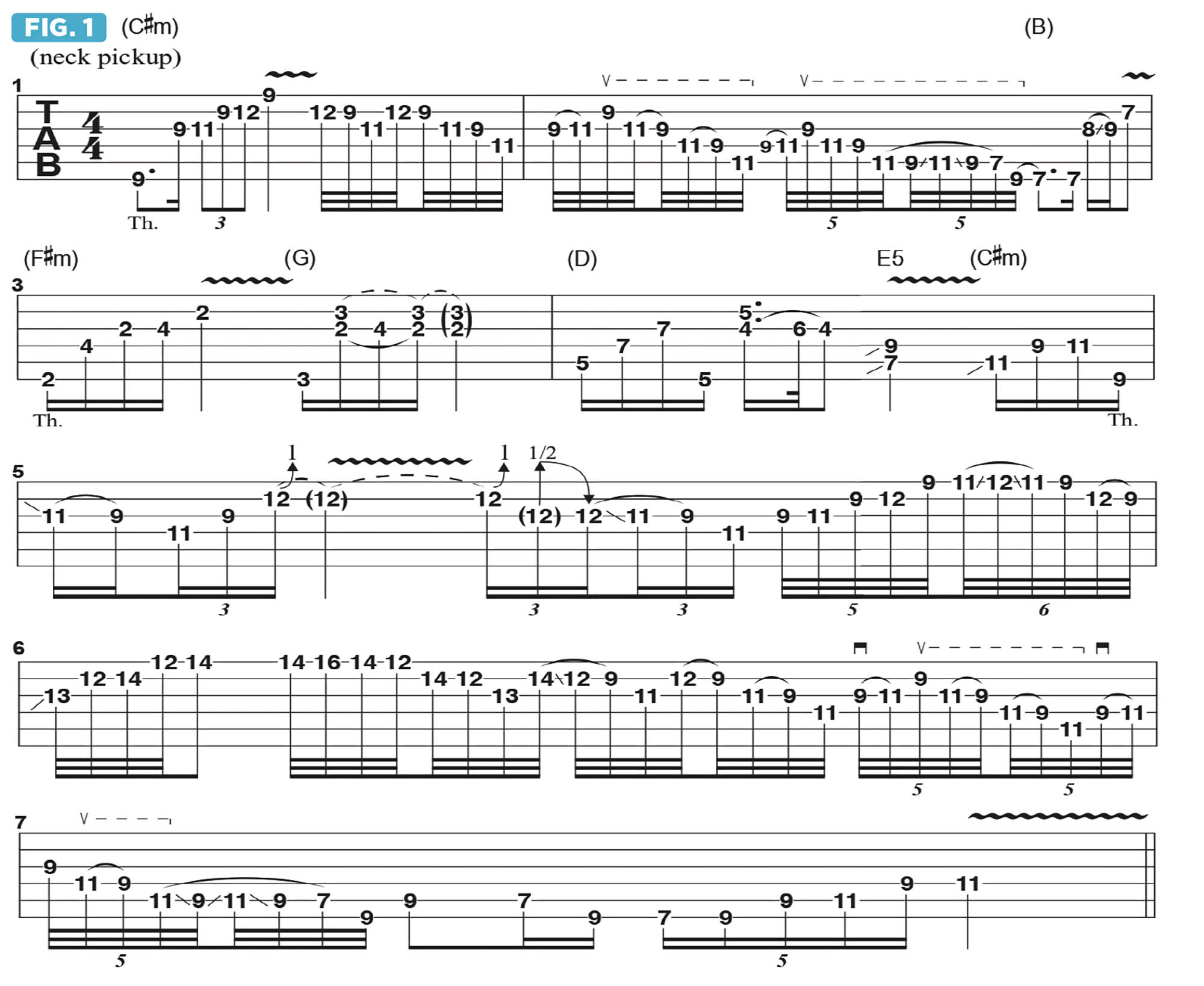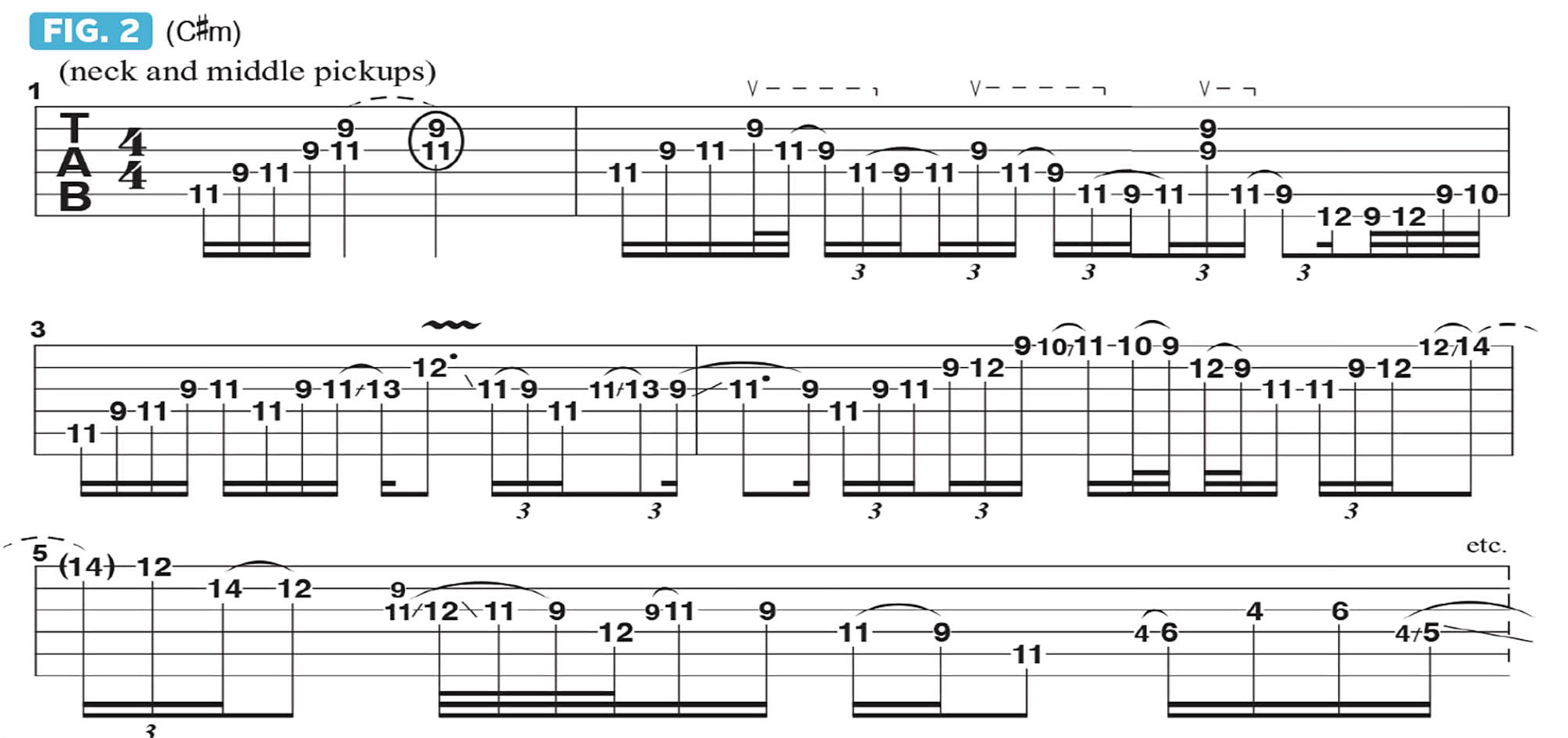
If you have been with me for the last few columns, you know that I’ve been demoing a variety of my favorite vintage guitars and discussing each instrument’s unique attributes. We began with a 1954 Gibson Les Paul Goldtop with P-90s, followed by a 1961 Gibson dot-neck ES-335 and a 1952 Fender Esquire. This time, our focus will be the 1954 Fender Stratocaster.
While detailing all the great things about the ’52 Esquire, I said (as I often do), “Leo got it right the first time!”, of course refering to Leo Fender, founder of Fender guitars. The same can be said about the ’54 Strat, which was the first year of the model.
To me, all the instruments discussed thus far are sonic “staples of life,” for us guitar players. A Les Paul, a 335, an SG, a Firebird, a Strat, a Telecaster, are all benchmarks from which guitar tones are judged.
Strats were first offered with maple fingerboards, and, starting in 1959, the guitars were available with rosewood fingerboards. One can argue that a rosewood board results in more of a Stevie Ray Vaughan-type sound.
I always refer to maple-neck Strats as the “Buddy Holly” guitar, and great players such as Eric Johnson. Eric Clapton and Jimi Hendrix are also well known for playing maple-neck Strats. Personally, I’m more of a maple-fretboard Strat player.
To my ears, the notes jump off it in a different way, as compared to a rosewood board. Whether one prefers maple or rosewood fingerboards, Stratocasters will produce a wide range of fantastic tones, and combined with the ash body and the low-output pickups, these guitars do something very special.

Let’s begin on the neck pickup, with the example presented in Figure 1. Using the pickup’s full, round tone, I begin with licks based on C# minor pentatonic (C#, E, F#, G#, B). I then move down to B and F#m, the iv (four minor chord) of C#m, and then ascend through G, D and E before finishing up with some more C#m pentatonic-based lines.
The licks in bars 5-7 are inspired by both Jimi Hendrix and Eric Johnson. On beat 3 of bar 5, I bend a B note on the 2nd string’s 12th fret up a whole step to C# with my ring finger, which additonally “catches,” or “snags,” the 3rd string, resulting in that string being pre-bent up a half step, after which I release the bend, slide down one fret to F# and then pull-off to E at the 9th fret. This move is one used prevalently by Jimi Hendrix.

The subsequent fast C# minor pentatonic phrases bring to mind runs Eric Johnson will often play. The reverse raking technique – dragging the pick across two or more strings in a single upstroke – in bars 6 and 7 is one closely associated with SRV.
Although the Stratocaster was originally equipped with just a three-way toggle switch (the modern five-way switch not being introduced until 1977), one can set it between the neck and middle pickups or the middle and bridge pickups to yield two more tonal settings.
In Figure 2, I set the toggle between the neck and middle pickups as I play through lines based primarily on C# minor pentatonic.







